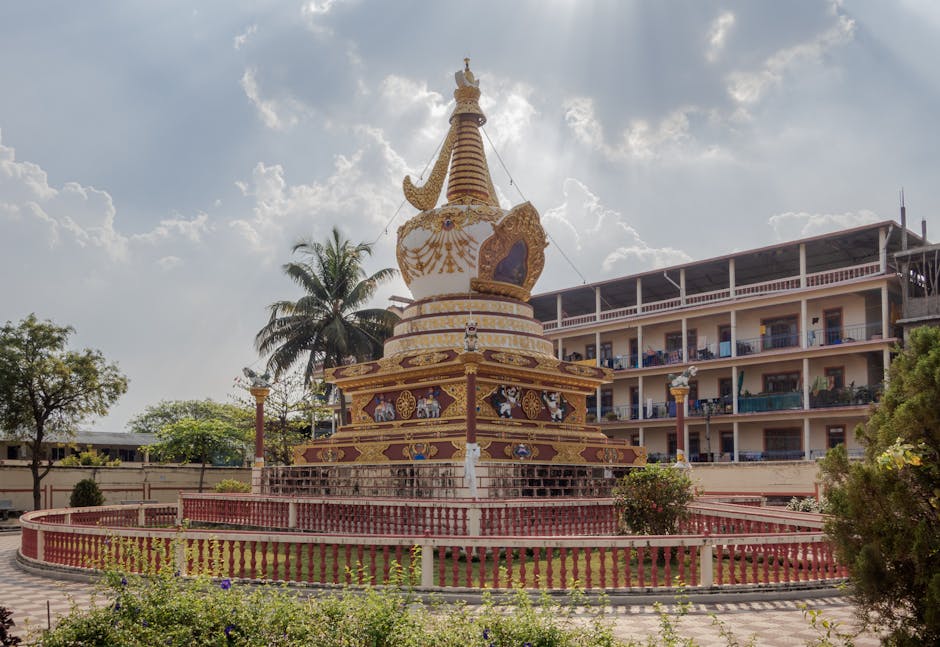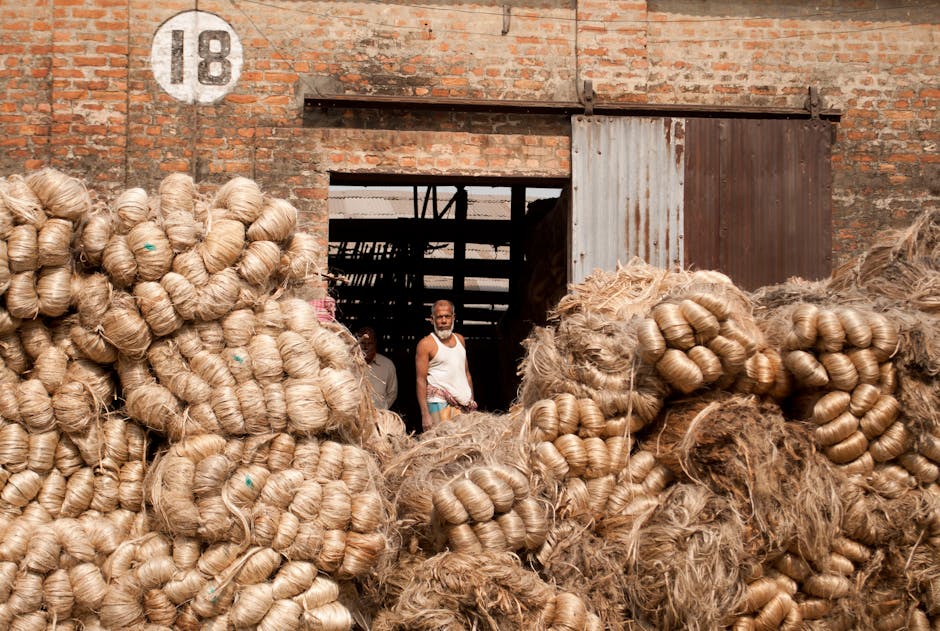For decades, India’s Himalayan frontier—spanning from Ladakh to Arunachal Pradesh—has been a bastion of national pride, strategic importance, and cultural diversity. Yet, beneath the towering peaks and pristine valleys, a quiet disillusionment has taken root. Once a stronghold of BJP support, the region’s faith in Prime Minister Narendra Modi’s leadership is eroding, driven by unfulfilled promises, geopolitical tensions, and a growing sense of neglect.
1. Broken Promises of Development
When Modi swept to power in 2014, his promises of vikas (development) resonated deeply in the Himalayas. Infrastructure projects, better connectivity, and economic opportunities were touted as game-changers for these remote areas. A decade later, many communities feel left behind.
In Ladakh, the euphoria over its new Union Territory status in 2019 has given way to frustration. Locals expected autonomy, job creation, and environmental protection. Instead, they face unchecked militarization, land grabs by outsiders, and a lack of political representation. The Leh Apex Body and Kargil Democratic Alliance have united in demanding statehood and constitutional safeguards, accusing the Centre of sidelining their voices.
Similarly, in Uttarakhand and Himachal Pradesh, flash floods and landslides—exacerbated by climate change and reckless construction—have exposed the hollowness of “smart city” pledges. The 2021 Chamoli disaster and 2023 Himachal deluge left hundreds dead, with survivors blaming the government’s focus on mega-projects over sustainable development.
2. China’s Shadow and Security Failures
The Himalayan frontier is also India’s most vulnerable border, where China’s incursions have escalated since the 2020 Galwan Valley clash. While Modi initially downplayed the intrusions, saying “Na koi hamari seema mein ghus aaya hai, na hi ghusa hua hai” (No one has entered our borders), satellite images and soldier fatalities told a different story.
In Arunachal Pradesh and Sikkim, villagers near the Line of Actual Control (LAC) report frequent Chinese transgressions, with PLA troops bulldozing grazing lands and intimidating shepherds. The Centre’s response—more troops, more roads—has done little to reassure locals who feel like pawns in a geopolitical standoff.
“The government talks of nationalism, but what about our safety?” asks Tenzin Dorjee, a farmer from Tawang. “If China can take our land inch by inch, what is Modi’s atmanirbhar Bharat doing for us?”
3. Cultural Erosion and Political Alienation
Beyond security and development, the BJP’s cultural nationalism has backfired in the Himalayas, where diverse ethnic and religious identities thrive.
- In Buddhist-majority Ladakh, fears of Hindu majoritarianism have grown since the abrogation of Article 370. Many worry that demography-altering policies—like non-local settlements—will dilute their heritage.
- In Christian-majority Northeast states like Nagaland and Manipur, Modi’s rhetoric of “One Nation, One Religion” has fueled unrest. The 2023 Manipur violence, where Meiteis and Kukis clashed for months, revealed the BJP’s failure to mediate ethnic tensions.
4. The 2024 Elections: A Himalayan Reckoning?
As India gears up for the 2024 elections, the Himalayas may no longer be a BJP stronghold:
– Himachal Pradesh: The BJP lost the 2022 state polls due to anger over unemployment and pension cuts.
– Uttarakhand: Despite winning, discontent simmers over forest rights and migration crises.
– Arunachal Pradesh: The rise of the National People’s Party (NPP) signals shifting loyalties.
Conclusion: Can Modi Regain Their Trust?
The Himalayas are more than a scenic backdrop—they are the soul of India’s territorial and cultural integrity. If Modi’s government fails to address their grievances—be it through genuine autonomy, sustainable development, or diplomatic firmness against China—the region’s alienation will deepen.
For now, the mountains are speaking loud and clear: nationalism without accountability is no longer enough.
By NextMinuteNews | Analysis by Rohan Mehta




